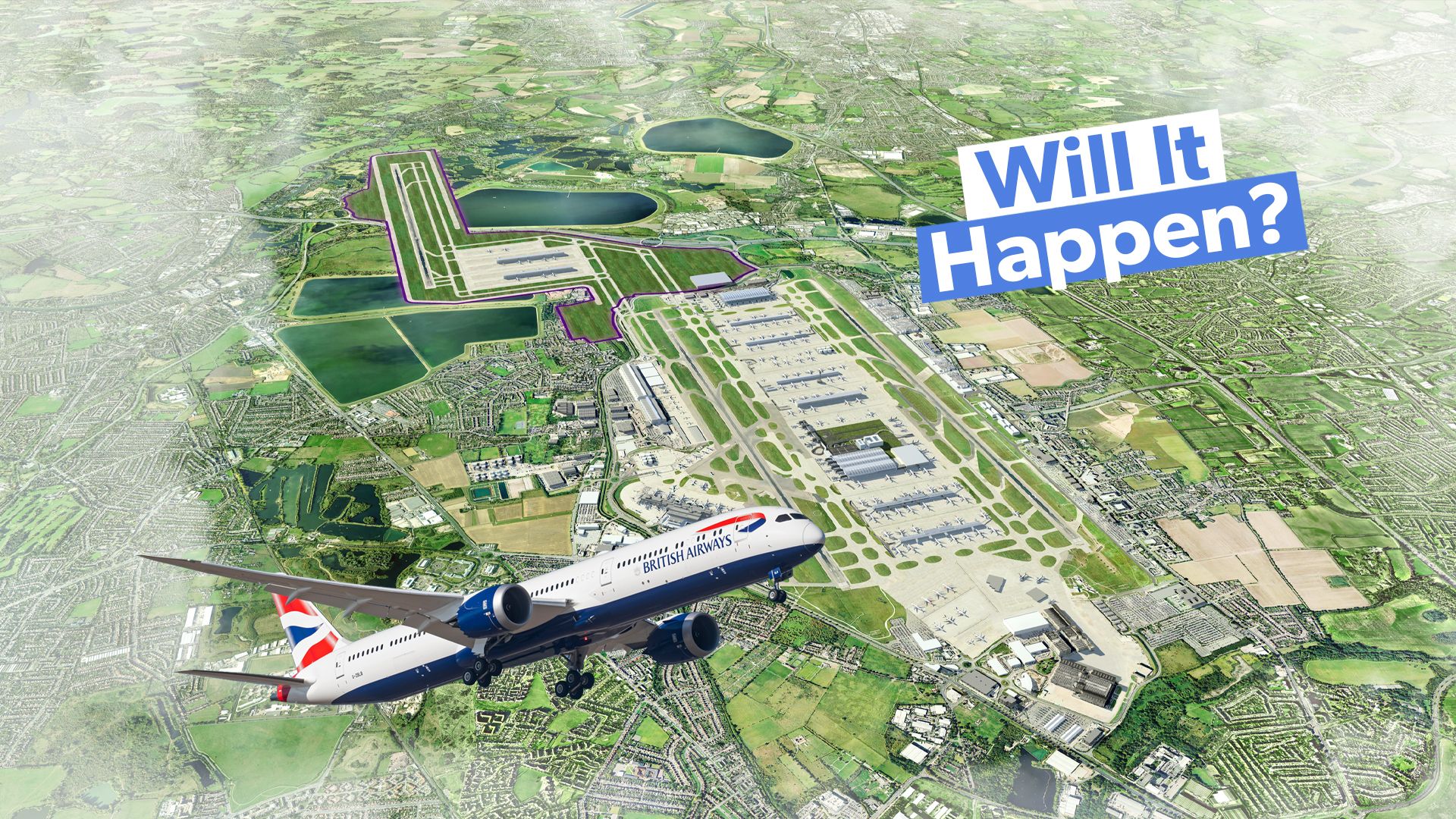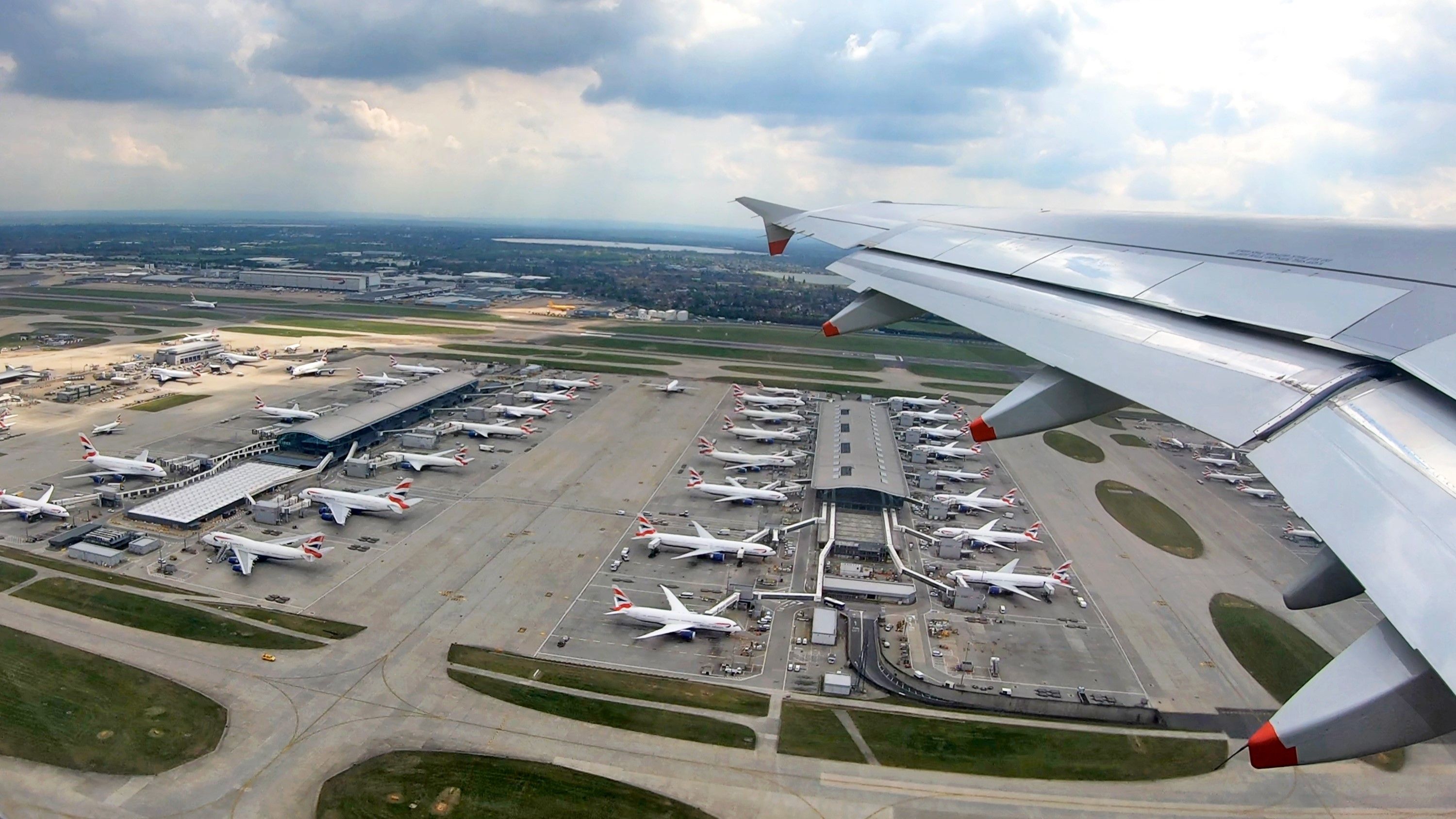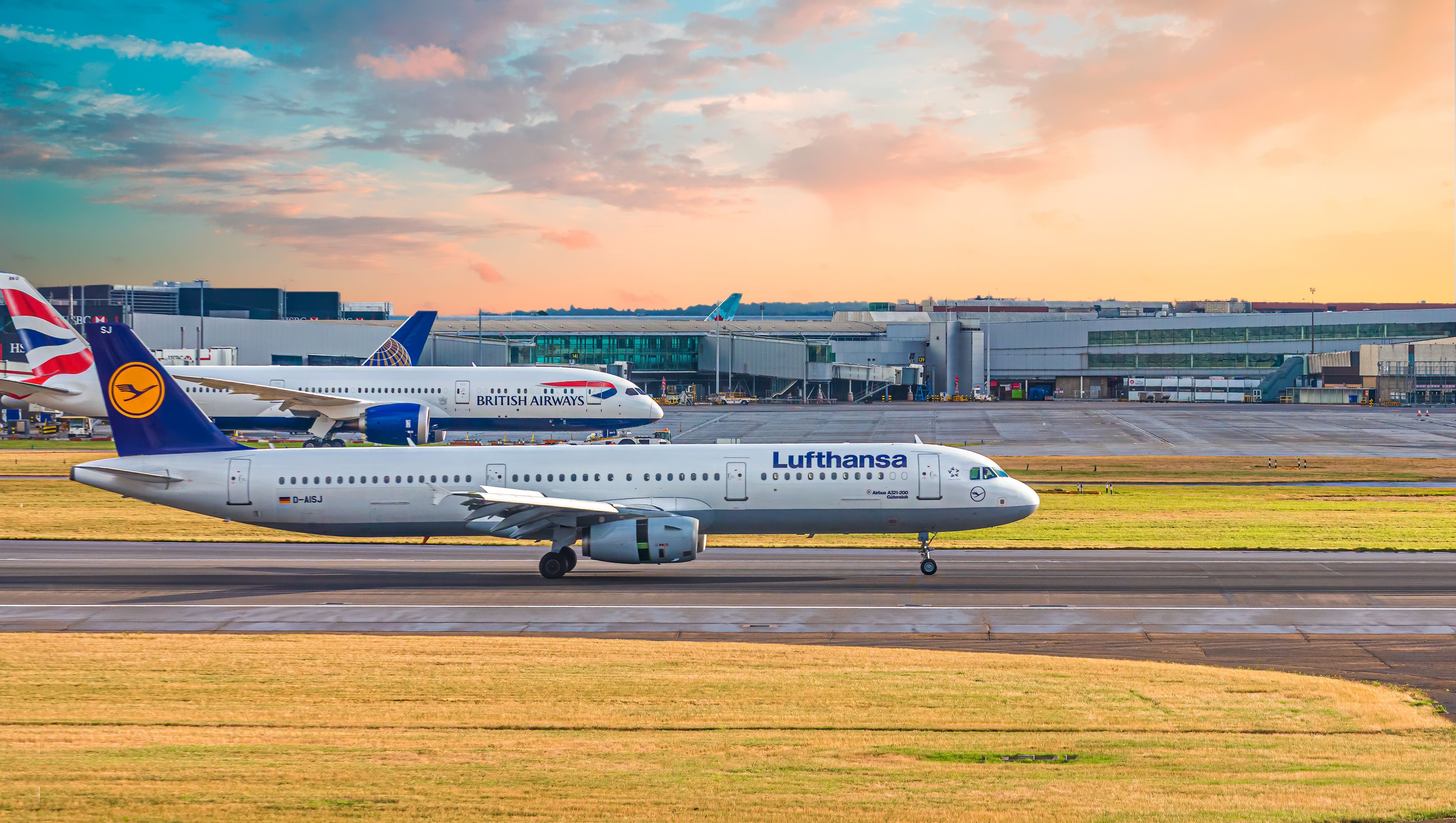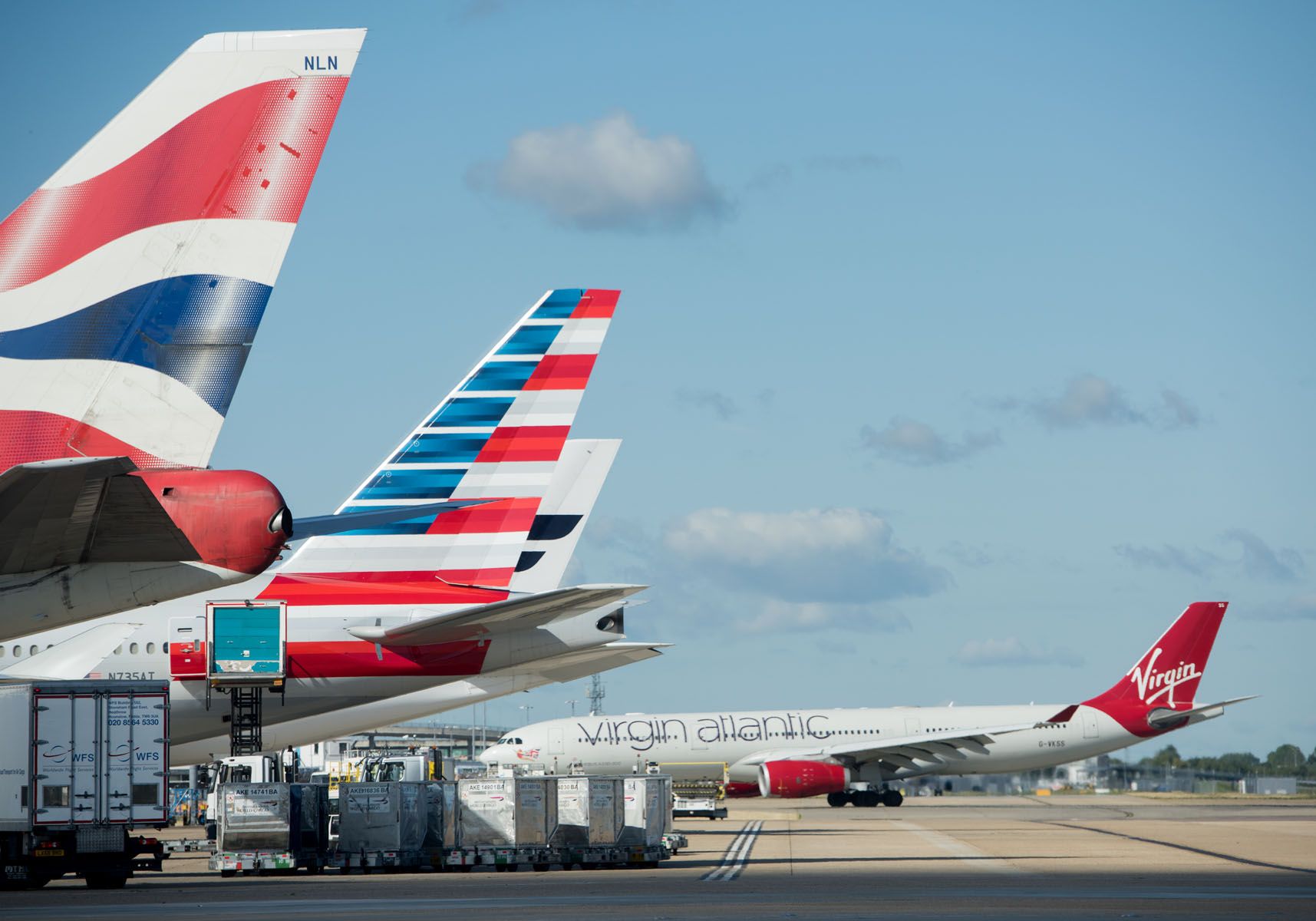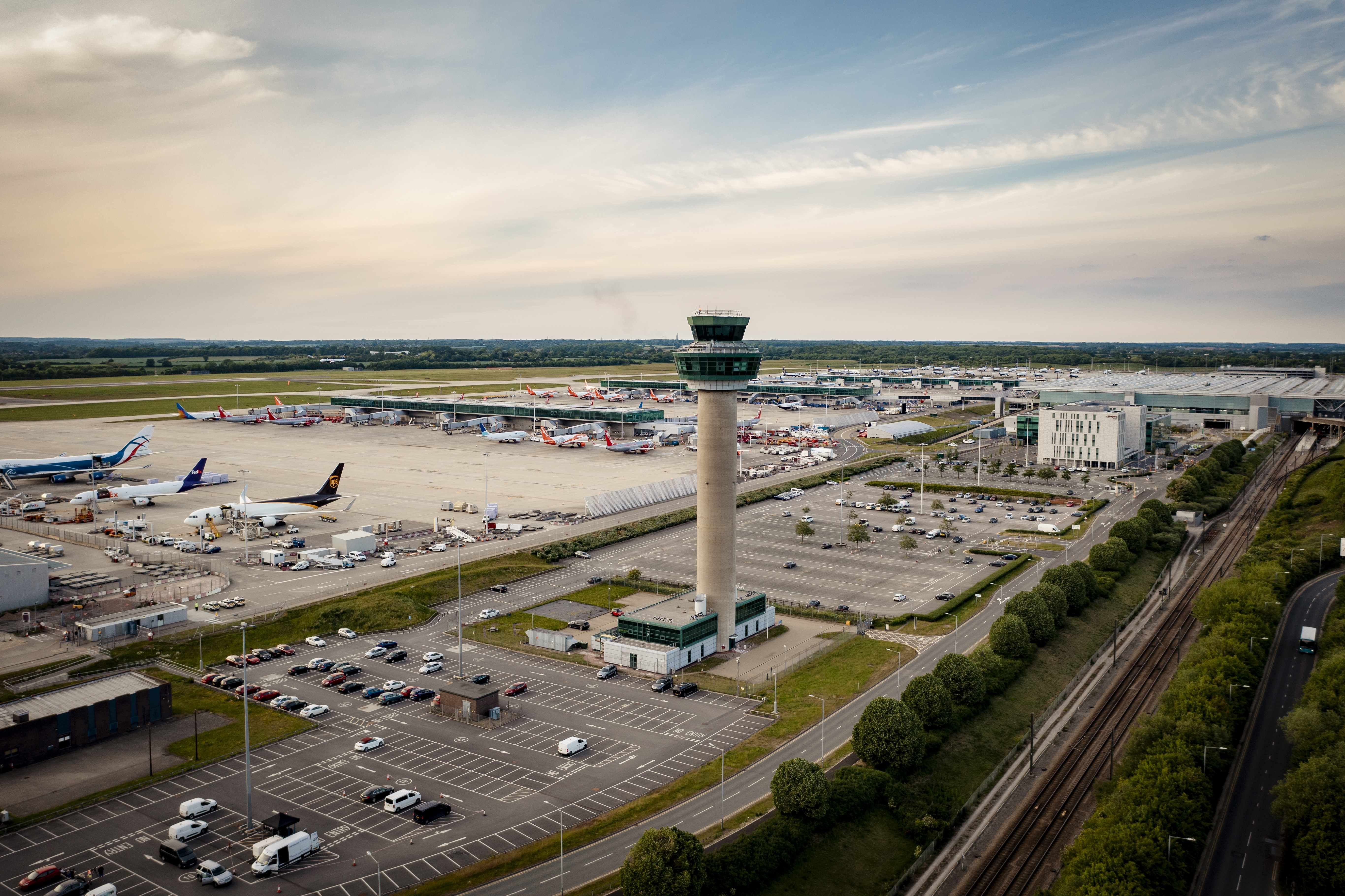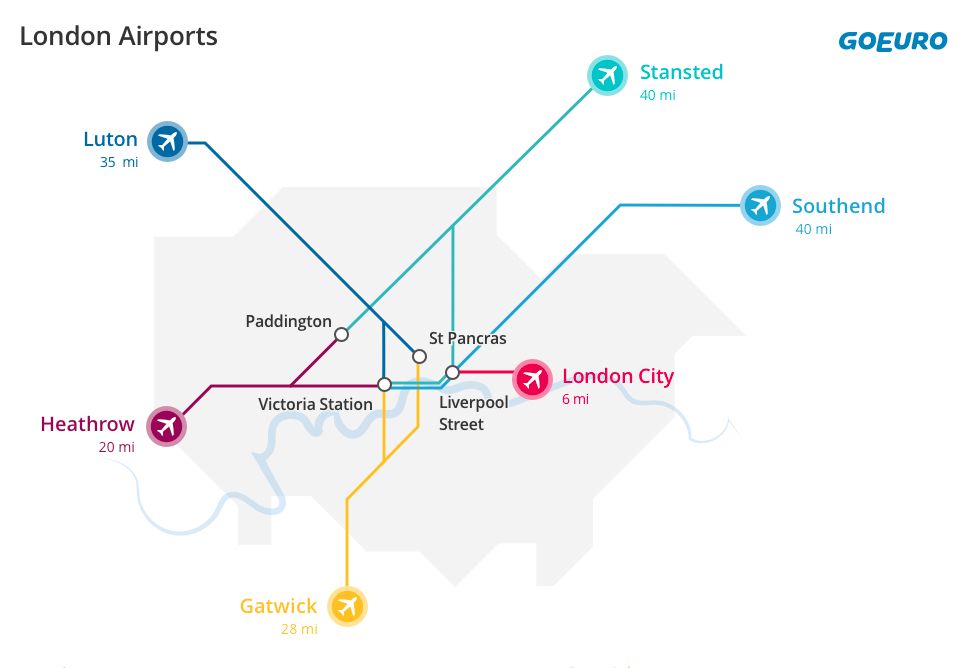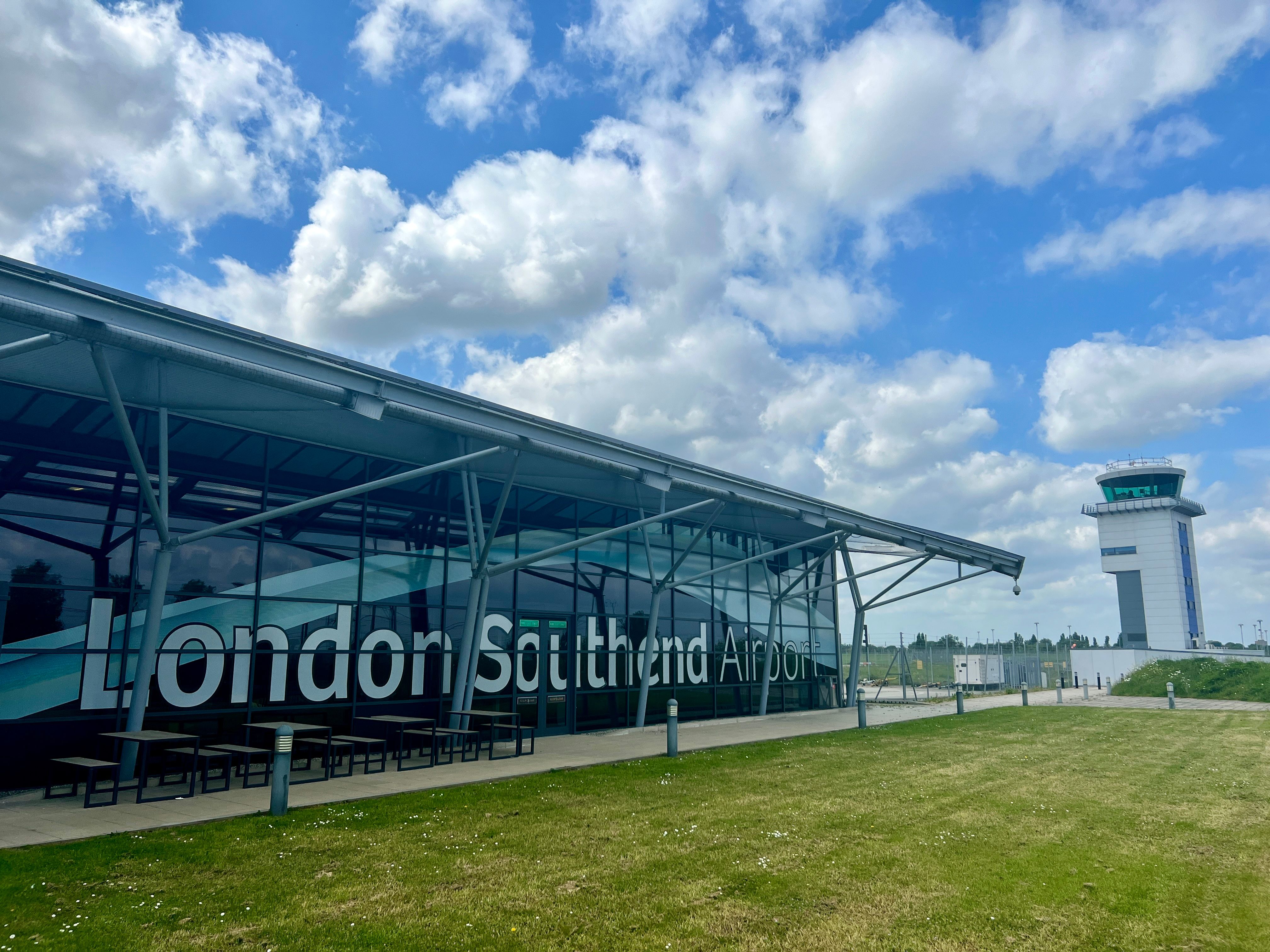Plans are moving forward for Heathrow’s third runway
(sort of). The United Kingdom
has had a change in government (the Labour government took power after the 2024 election), and the COVID-19 pandemic is becoming a fading memory. However, London Heathrow Airport’s
third runway is still years away, as plans are still being drawn up. For now, the latest developments for a third runway at Heathrow remain more talk.
Latest Heathrow third runway developments
Heathrow has had government permission to build a third runway since 2018 (when the Conservative government re-granted it). Before that, the previous Labour government approved it in 2009 (this was then undone by the Conservative government taking over in 2010).
Photo: Jane Rix | Shutterstock
However, the massive project continues to run into major issues, including legal battles and a delay caused by the pandemic. It appears the Labour government will move ahead with Heathrow expansion. Still, it has “four tests” the project needs to meet – economic benefits, pollution, noise, and climate targets (the UK is committed to net zero by 2050).
|
London Heathrow Airport in numbers: |
|
|---|---|
|
First opened: |
25 March 1946 |
|
Annual passengers: |
Approx. 80 million |
|
Aircraft movements: |
Approx. 450,000 |
|
Land area: |
3,030 acres |
|
Airlines: |
Approx. 89 |
|
Destinations: |
Approx. 214 in 84 countries |
Heathrow’s Director of Communities and Sustainability, Becky Coffin, confirmed that the project remains paused and under internal review. She continued that the airport continually strives to be more transparent and provide more accessible information to the broadest group of people. Making matters worse in recent months has been uncertainty over Heathrow’s ownership.
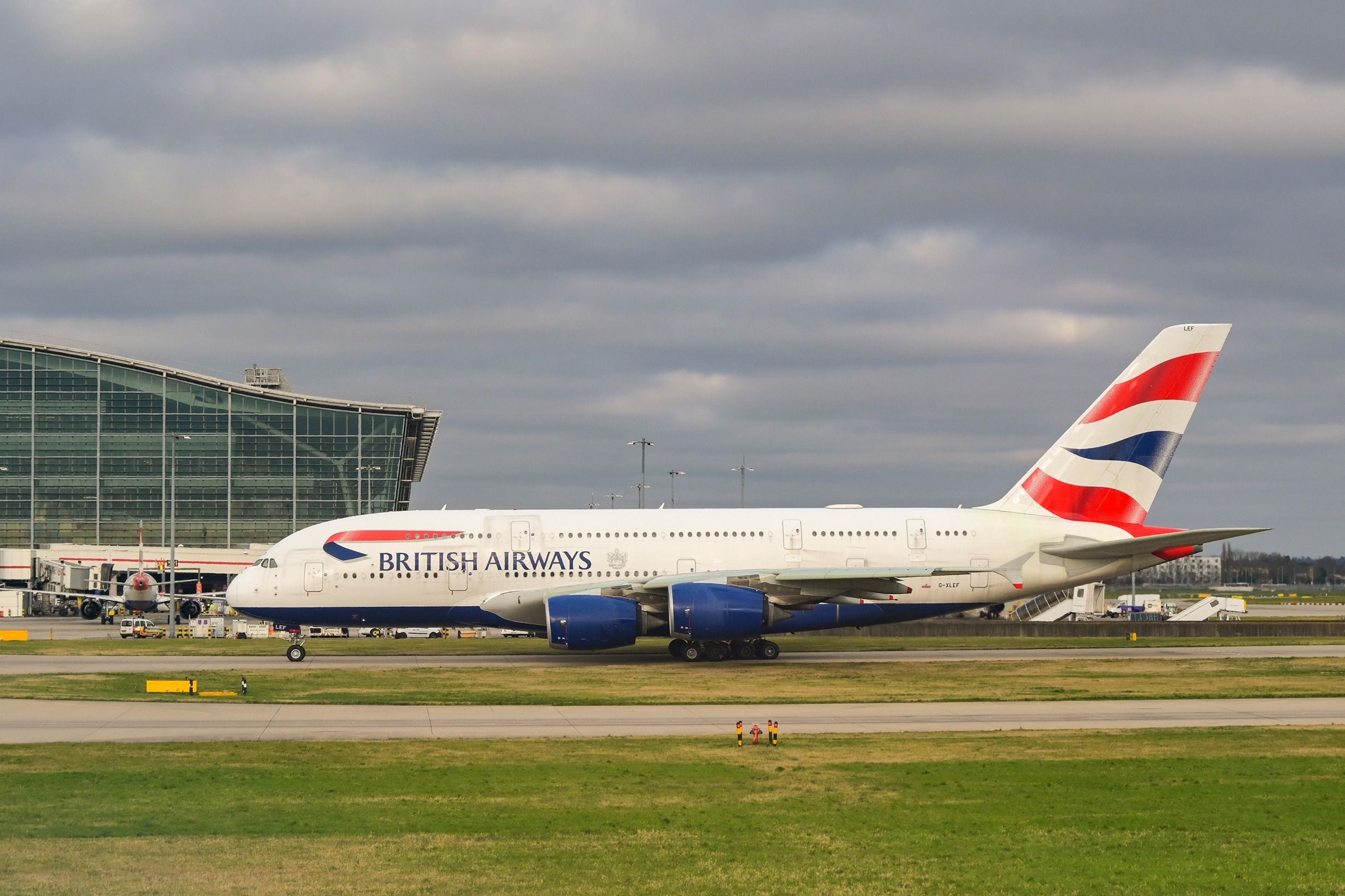
Related
Menzies Chief: The Future Of Heathrow Is Limited Without A 3rd Runway
According to the executive, Heathrow’s status as an international hub could be challenged by the lack of room to expand services.
Getting more out of existing infrastructure
In the first half of 2024, Heathrow served almost 40 million passengers and had its busiest day ever on 30 June. Heathrow is looking at ways to get more capacity out of its existing infrastructure while also working on its new runway plans.
Photo: Darryl Brooks | Shutterstock
Heathrow expansion timeline:
- 2009: Labour government approves third runway
- 2010: Conservative & Lib Dem government cancels third runway
- 2018: Conservative government approves third runway
- 2020: Supreme Court overturns Court of Appeal’s ruling the third runway was illegal
- 2024: Third runway still in planning
The Guardian reported Heathrow’s CEO Thomas Woldbye as stating in July 2024, “The most urgent is to look at what can we do on capacity within our two runways, because that is what’s facing us tomorrow and the next many years, because a third runway will not be here this year or in the next five or maybe even 10 years.”
Last year, Heathrow’s former Chief Executive Officer, John Holland-Kaye, confirmed the airport expansion project was still on track when announcing his retirement after nine years in the role. He confirmed the airport has “already started some of the preliminary work” on the expansion now that it has the capacity to do that. When reached by Simple Flying for this piece, Heathrow Spokesperson Charli Johnston confirmed the project was still on pause:
“You may be aware we are currently in the process of undertaking an internal review on the expansion project and will provide a public update once it is completed. We have always been clear and it remains the case today that expansion will only go ahead if it meets strict environmental targets.” – John Holland-Kaye
Photo: Heathrow Airport
Local environmental groups have claimed that the new runway and additional flights will increase noise and air pollution as the industry seeks to reach net-zero emissions. The London Assembly’s Environment Committee Chair has stressed that Heathrow’s proposed expansion could cause significant noise pollution for Londoners and that “Heathrow must provide clarity” regarding its plans.
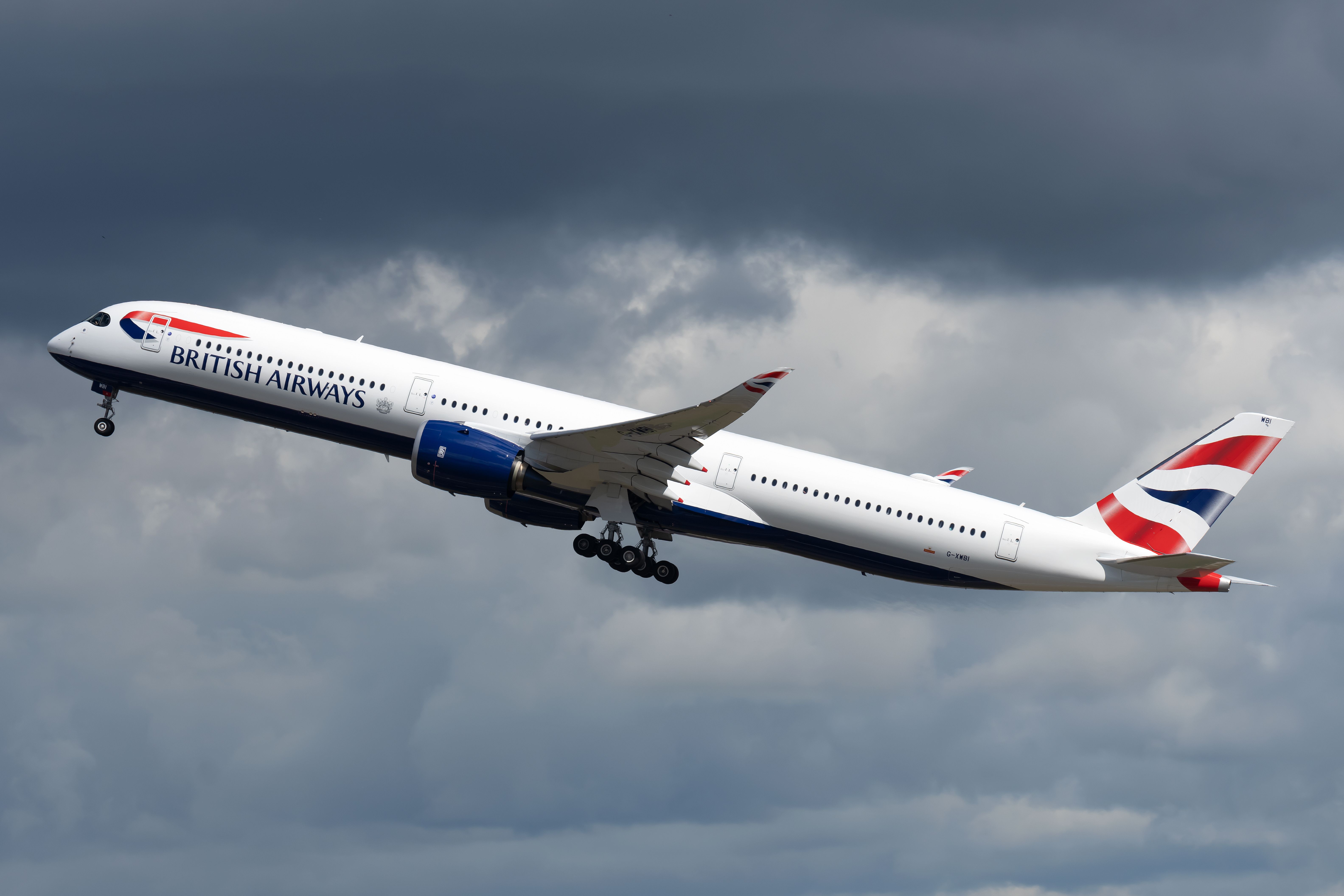
Related
Heathrow Tries Again For 3rd Runway After Record 39.8 Million Passengers In H1
British Airways CEO Sean Doyle says Heathrow needs to lower its fees to remain competitive.
Expanding capacity elsewhere
Stansted Airport
While Heathrow claims it is the only “hub airport” in the country, the London area does have a total of six airports. London Stansted Airport
is London’s third airport and has permission to handle 43 million passengers a year (although it only receives around 29 million passengers). Its website states it is the only major London airport with significant runway capacity.
Photo: Flitch Media | London Stansted Airport
London City Airport
London City Airport
(LCY) is also in the process of increasing its passenger capacity. Current plans to increase the annual passenger cap from 6.5 million passengers to 9 million and extend airport opening times on Saturdays have been met with pushback over noise concerns.
London Luton Airport
London Luton Airport
(LTN) to the north of the city has a capacity limit of 18 million passengers annually. When reached by Simple Flying, an airport spokesperson confirmed a short-term plan to increase annual capacity to 19 million passengers, which will play a key role in unlocking the airport’s economic potential over the next few years. The application is currently being reviewed by the Secretaries of State for DLUHC and Transport.
Photo: Omio
Airport owner Luton Rising has applied for a Development Consent Order to increase capacity to 32 million passengers annually over the next two decades. The
airport recently opened its new Direct Air-Rail Transit (DART) Shuttle
. The system is a cable-drawn, driverless railway running on a 1.4-mile (2.2km) link connecting the airport train station (Luton Airport Parkway) to the terminal.
London Southend Airport
London Southend Airport
(SEN) is eager to highlight it has immediate slot capacity at “London’s most modern airport.” Southend is 42 minutes from Stratford Olympic Park and Train Station, with an immediate capacity for 3.5 million passengers a year. The airport had 69 destinations pre-pandemic and served 2.1 million passengers in 2019.
Southend Airport CEO John Upton was eager to explain why airlines should expand eastward instead of increasing congestion at Heathrow when reached for comment:
“The London aviation market is the world’s largest and is still growing. But capacity is reaching a cliff edge. People often think that the only way to solve this problem is by expanding London’s already creaking established airports. But we think London Southend Airport (LSA) represents a better way.
“LSA is the most modern airport in London with real estate available right now. We have 8 million people living within one hour of our airport and it serves the fast growing east London and east of England catchment area.
“So, our question is, why build a third runway at Heathrow for tomorrow, when LSA can offer sustainable growth capacity today.”
Photo: Jonathan Hendry l Simple Flying
London Gatwick
London Gatwick Airport
is London’s second airport, and the airport anticipates serving 75 million passengers by 2038. To meet the growing demand and relieve pressure on Heathrow,
plans are underway to regularize Gatwick’s existing Northern Runway
alongside the Main Runway.
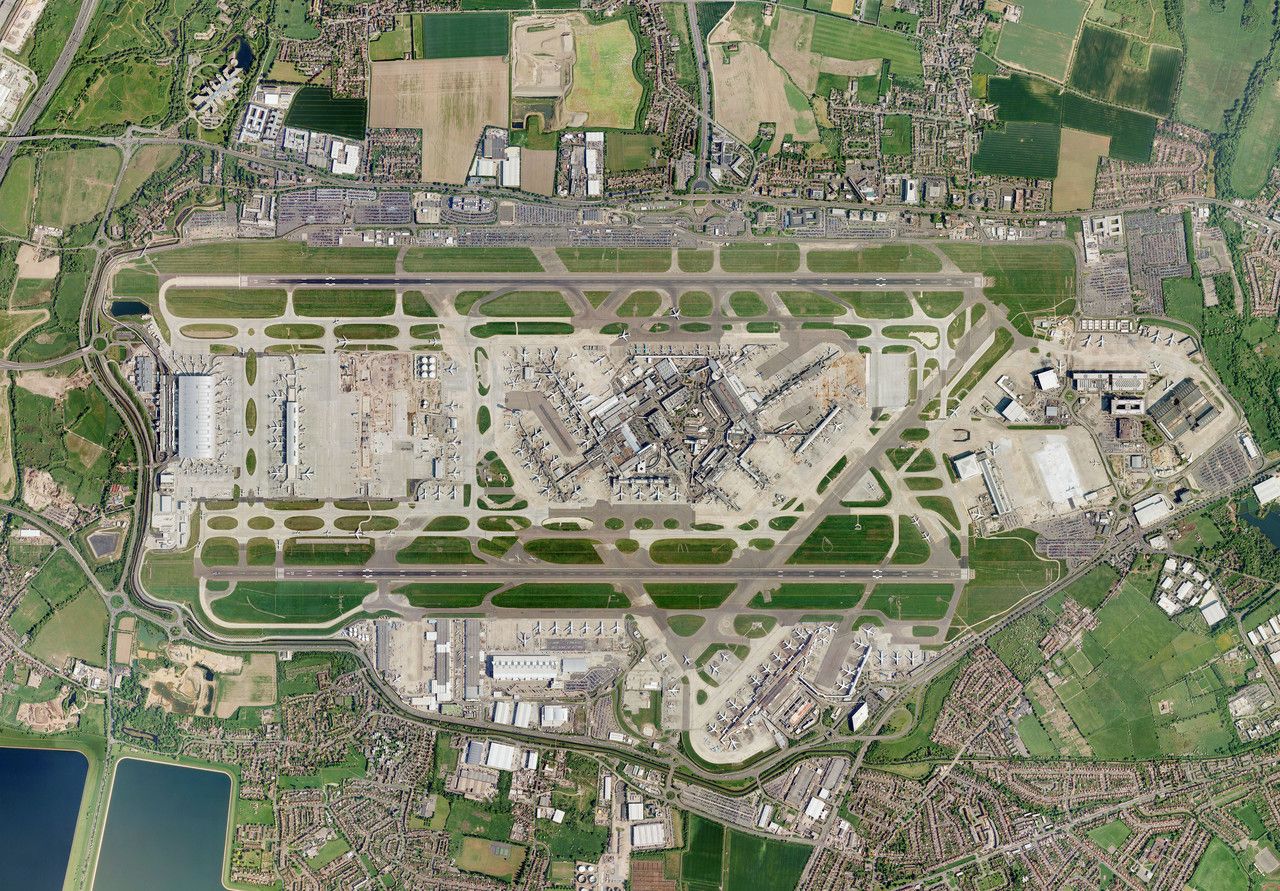
London Heathrow Airport
- IATA/ICAO Code
-
LHR-EGLL
- Terminals
-
Terminal 2 |
Terminal 3 |
Terminal 4 |
Terminal 5

